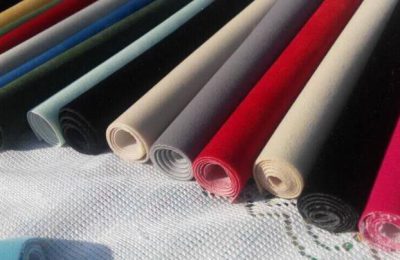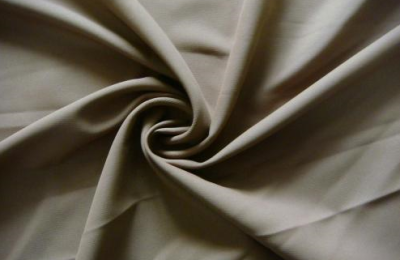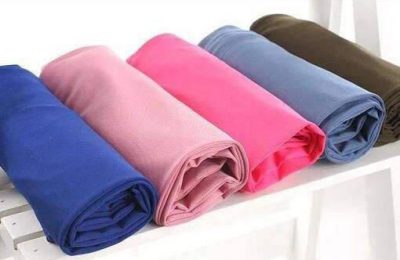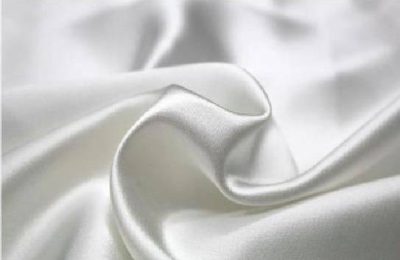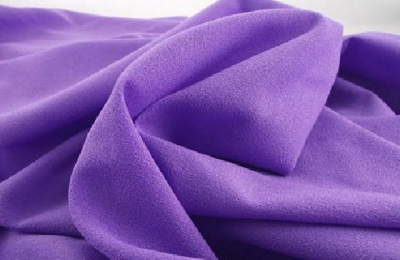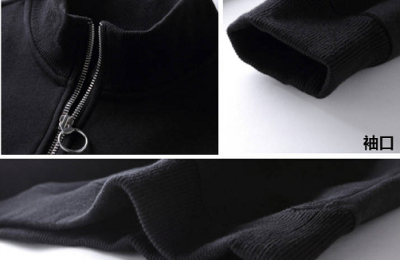Generally speaking, the air conditioning system in the clean room can control the cleanliness of the laboratory and filter the fresh air, so that the laboratory can meet certain purification requirements.
The high-efficiency filtration membrane in the clean room is the focus, playing an important role in ensuring a relatively negative pressure environment in the laboratory and effectively filtering indoor polluted exhaust air.
The two major sources of clean room pollution are mainly water and gas. Water is a necessary carrier for production and life. The volatilization and use of water in the process of production water can produce more pollution; while the pollution carried in gas is clean The largest source of pollution in the room, through gas, pollutants can spread to any corner of the clean room.
Therefore, in the design and use of clean rooms, it is usually required to use clean room high-efficiency filtration membranes.
The diameters of the particles found in various gases in nature are very small, for example: fly ash 1~200, pollen 2O~3O, dust O. 1~2O, bacteria 0.3~3, oil fume 0. O3~1, tobacco smoke O. O1~1, virus O. O2~O. O5, radioactive dust 0.003~0.018, radon radioactive particles 0.001~0.04 (unit is m in 1:2).
The clean room high-efficiency filtration membrane made by mechanical stretching ptfe material by Suzhou PTFE filter membrane manufacturer can ensure the complete retention of bacteria and other impurities, while having a large flux.
The material is resistant to high temperatures, strong acids and alkalis, and has wide chemical applicability. When used for gas filtration, it can achieve 100% retention of various phages, bacteria and particles above 0.02um.
PTFE microporous membrane has high filtration efficiency and can meet the filtration efficiency level requirements of sub-high efficiency, high efficiency and ultra high efficiency air filters.
</p



